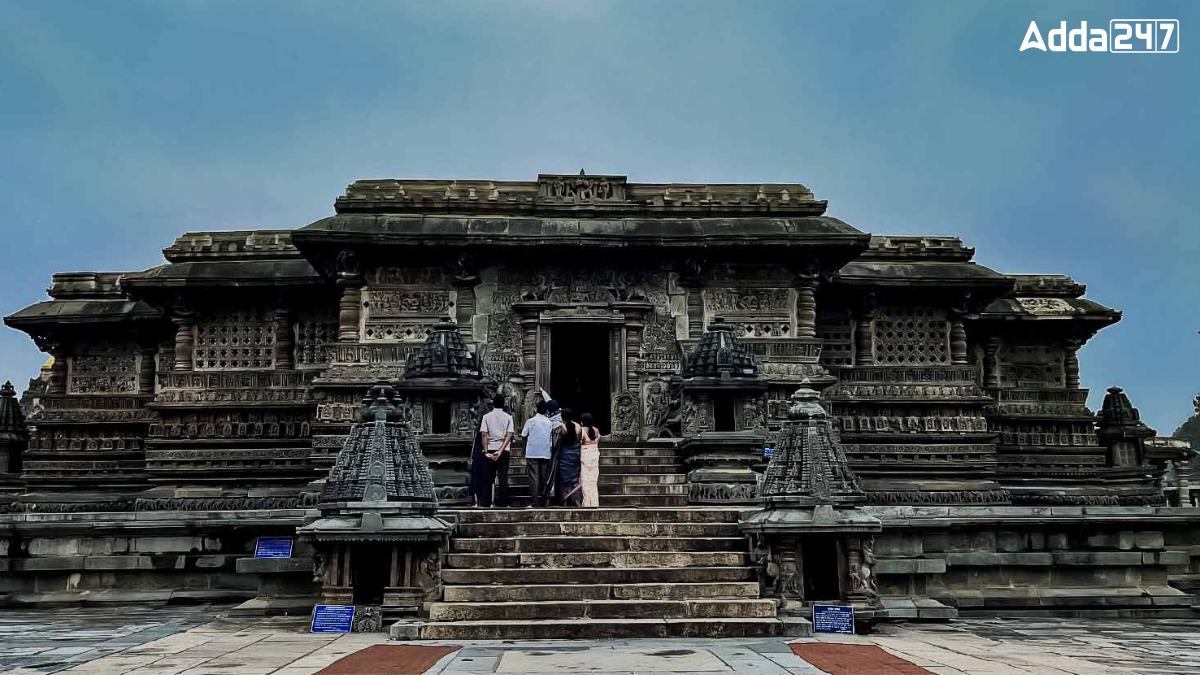Karnataka, a state in southern India, is known for its rich history, vibrant culture and beautiful landscapes. Over the centuries, it has undergone several changes in its name and identity. These transformations reflect the region’s historical evolution, cultural shifts and political changes.
Old Name of Karnataka
The state of Karnataka was earlier known as Mysore state. The name was officially changed to Karnataka in 1973 under the Mysore State (Alteration of Name) Act. This marked an important moment in the state’s history, reflecting its rich cultural and linguistic identity.
Historical Connection to the Kingdom of Mysore
The region was once a part of the Kingdom of Mysore, ruled by the Wadiyar Dynasty. The Mysore Palace, a symbol of the Kingdom’s legacy, was the royal residence of the Wadiyars. In 1799, the Kingdom of Mysore signed a Protectorate treaty with the British Empire, which significantly influenced its history.
Formation of Karnataka
Karnataka was formed on November 01, 1956, after the States Reorganization Act was passed. This act reorganized India’s states based on linguistic and cultural similarities. Kannada-speaking regions were united to create a single state, originally called Mysore State.
Meaning of the Name Karnataka
The name Karnataka comes from the word Karunadu, which means “lofty land” or “high plateau.” In the Kannada language, it can also mean “land of black soil,” which highlights the state’s geography and agricultural importance.
The Karnataka Ekikarana Movement
The creation of Karnataka was the result of the Karnataka Ekikarana Movement. This movement fought for decades to unify Kannada-speaking regions that were scattered across different provinces and princely states. These efforts helped in forming a unified Kannada-speaking state.




 Which City is known as the City of Bambo...
Which City is known as the City of Bambo...
 Who was the First Home Minister of India...
Who was the First Home Minister of India...







